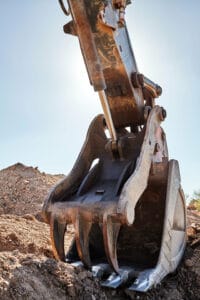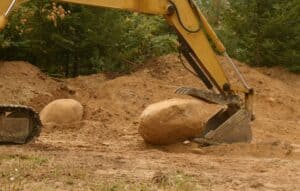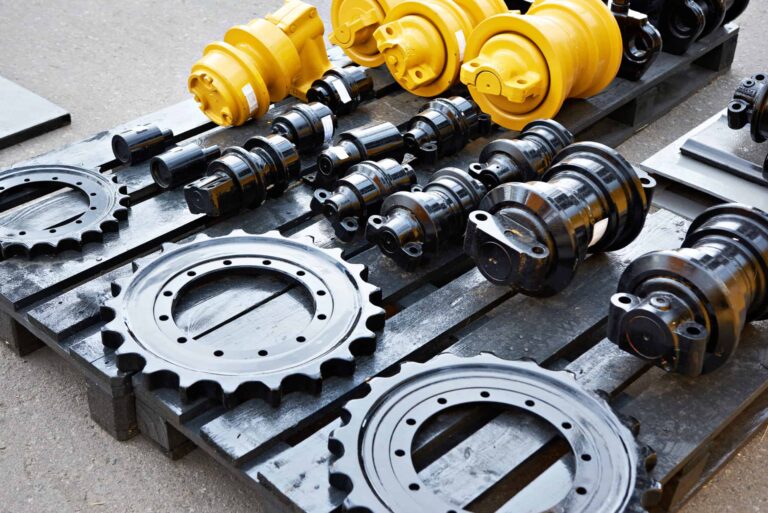Attachments And Their Applications
Attachments significantly enhance the functionality of heavy machinery, allowing operators to maximize their equipment’s capabilities. With a diverse range of attachment options available, machinery becomes versatile, capable of handling various applications.
This versatility not only improves work productivity but also simplifies tasks at job sites, enabling multiple functions to be accomplished using a single machine.
Thumb Attachments
One particularly popular attachment is the thumb attachment, which has brought new capabilities to machines already equipped with a bucket attachment. The bucket, a common attachment, is invaluable for lifting heavy materials like dirt and rocks. It functions as a shovel, facilitating the movement of materials. However, there are limitations to relying solely on a bucket. When attempting to lift a substantial rock, there’s a good chance it may slip out of the bucket due to the lack of a securing mechanism. Fortunately, there’s a solution to this challenge: the thumb or clamp attachment, which works in conjunction with a bucket to lift larger materials effortlessly.
machines already equipped with a bucket attachment. The bucket, a common attachment, is invaluable for lifting heavy materials like dirt and rocks. It functions as a shovel, facilitating the movement of materials. However, there are limitations to relying solely on a bucket. When attempting to lift a substantial rock, there’s a good chance it may slip out of the bucket due to the lack of a securing mechanism. Fortunately, there’s a solution to this challenge: the thumb or clamp attachment, which works in conjunction with a bucket to lift larger materials effortlessly.
Using a bucket along with a thumb attachment mirrors the way our own hands function. If you think about it, the palm of our hand and our fingers represent the bucket itself. We can pick up numerous items without the use of our thumb, but imagine not being able to use your thumb at all.
Our thumbs act as clamps when we grip onto various objects, and a thumb attachment incorporates a similar concept into the heavy equipment world, enabling the handling of a broader range of materials.
Types of Thumb Attachments
In the realm of thumb attachments, there are numerous types available, and it’s essential to find one that works seamlessly with your existing bucket and the specific job you’re undertaking. Typically, when looking for a thumb attachment, the product description provides information about the type and size of the bucket it’s compatible with. However, there are additional considerations before making a purchase. As mentioned earlier, there’s a wide variety of thumbs, and choosing the one that suits your needs can be challenging without an understanding of the differences between them.
additional considerations before making a purchase. As mentioned earlier, there’s a wide variety of thumbs, and choosing the one that suits your needs can be challenging without an understanding of the differences between them.
One fundamental distinction among thumbs is whether they are mechanical or hydraulic. A mechanical thumb is often the more cost-effective choice. It is welded onto the machine in a fixed position, with the bucket being the only part that moves. On the other hand, hydraulic thumbs are integrated into the machine’s hydraulic system, allowing the operator to control their movements. While hydraulic thumbs come with a higher price tag, they prove to be more efficient on the job, a crucial factor depending on the scope and demands of the project.

Why Should You Use Attachments?
In summary, attachments play a pivotal role in optimizing the capabilities of heavy machinery. The thumb attachment, in particular, has become a valuable addition, enhancing the functionality of machines equipped with buckets. The choice of a thumb attachment depends on compatibility with your equipment and the specific job requirements.While mechanical thumbs offer cost savings, hydraulic thumbs provide greater flexibility and control, which can be indispensable for more complex projects. Ultimately, the synergy between attachments empowers machinery to excel in various tasks, contributing to more efficient and productive operations on job sites.



